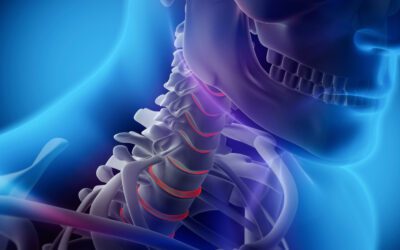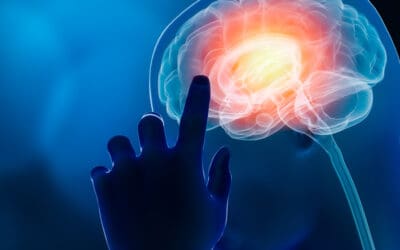EDS is a complex, multisystem disorder that affects connective tissue throughout the body: joints, skin, blood vessels, nerves, digestion, and even mental health.
What’s A Dual Sympathetic Reset Stellate Ganglion Block?
Safe and natural relief for PTSD/PTSI, anxiety, panic attacks, and depression. Did you know that there is a safe and effective treatment for PTSD/PTSI that’s been around for almost 100 years that most people have never heard of? The procedure, is called a Stellate...
Spring Into a New You – 5 Ways to Renew Your Lease on Life with Regenerative Medicine for Men
We’ve entered the season of renewal. Spring is when nature wakes up, new life begins to bloom, and we shake off the heaviness of winter. For many men, it’s also the perfect time to reset and take charge of your...
Can You Alleviate Shoulder Pain with Platelet Rich Plasma (PRP) Therapy?
Shoulder pain can be debilitating. It can affect your quality of life by making everyday activities painful or just impossible. For instance, with a rotator cuff injury, it’s even hard to open the orange juice bottle. And with any form of shoulder instability or...
Keep Injuries at Bay – How to Prep for an Injury-Free Season
Sports should be fun, not painful. When gearing up for outdoor sports like running, golf, tennis, basketball, and hiking, read this! Before lacing up those sneakers or leaving the gym, proper preparation is key to prevent injuries and maximize your...
A Novel Approach for Treating Traumatic Brain Injury
March is Brain Injury Awareness Month - when we shine a light on the challenges and ongoing recovery efforts for people living with traumatic brain injury (TBI). TBI can affect a patient's lifestyle in so many ways, from cognitive changes like memory and...
7 Ways Midlife Men Can Put Their Well-Being First
When you're experiencing body and mood changes due to andropause, taking proactive steps, from lifestyle changes to medical treatments, can help you feel better and regain control of your health. Andropause describes age-related hormonal changes in men that are...
How Stellate Ganglion Block Treats PoTS Symptoms
Postural Orthostatic Tachycardia Syndrome (POTS) is a condition that affects the autonomic nervous system, leading to symptoms such as dizziness, rapid heartbeat, and fatigue. The condition primarily affects young women, although...
What is Andropause?
Am I Going Through Male Menopause? Andropause is a collection of symptoms, including fatigue and a decrease in libido that some middle-aged or older men experience due to a gradual decline in testosterone levels. Known as age-related low testosterone or late-onset...








